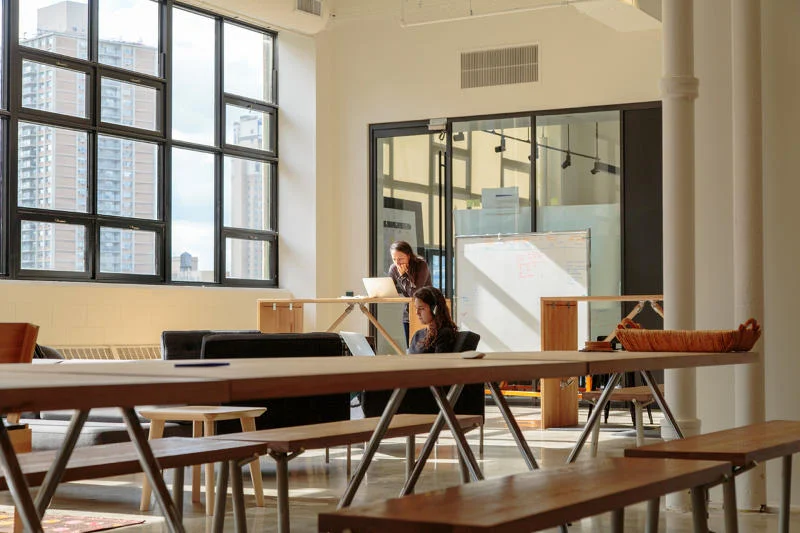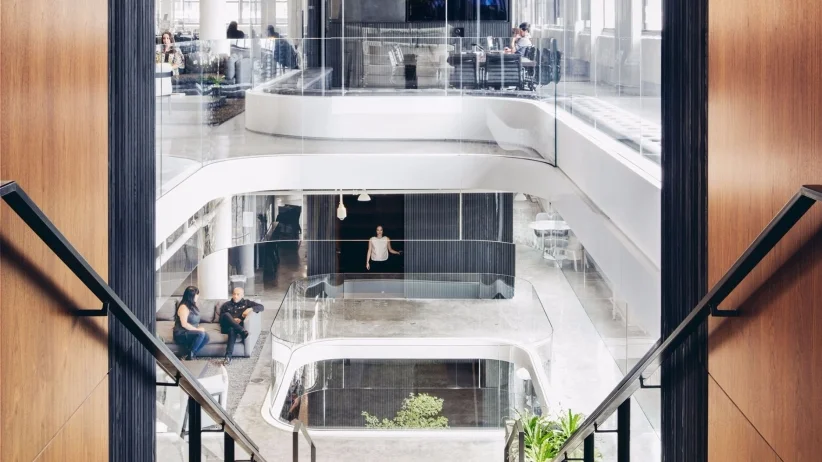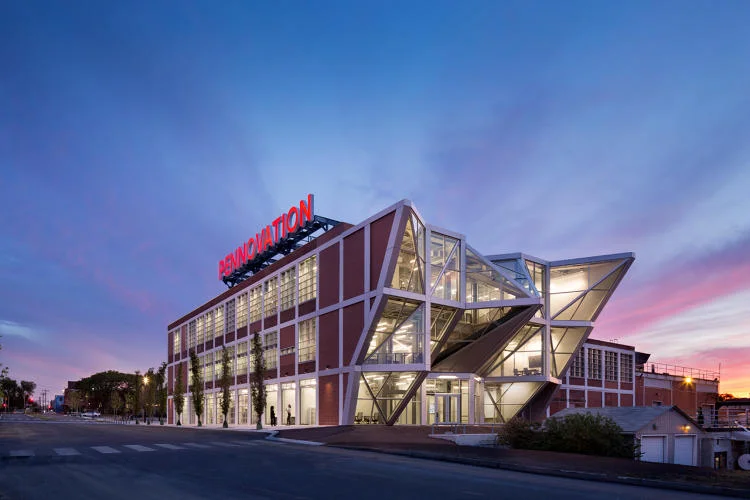What makes an office whiteboard different from a screen? The simplest answer is that one is analog, and one is digital. But Johan Liden of New York-based brand strategy and product design firm Aruliden thinks the real answer is less obvious. At their best, "whiteboards encourage people to walk right up to them and start drawing," he says. Displays, on the other hand, don't. Even when they're big touch screens, their industrial design language somehow encourages a hands-off approach.
What makes a whiteboard approachable—and therefore, the perfect tool for brainstorming and collaboration—was the problem Aruliden needed to get to the bottom of when Google approached the firm last year to design the Jamboard. Although hardly the first digital whiteboard, Google wanted the Jamboard to be the best: a seamless physical extension of the company's G Suite of productivity and office apps, allowing people in an office to collaborate with anyone in the world, as easily as picking up a dry-erase marker.
Aruliden's solution? Borrow some of the design gestures of analog whiteboards to make the Jamboard feel more like a piece of furniture than a piece of technology.

























